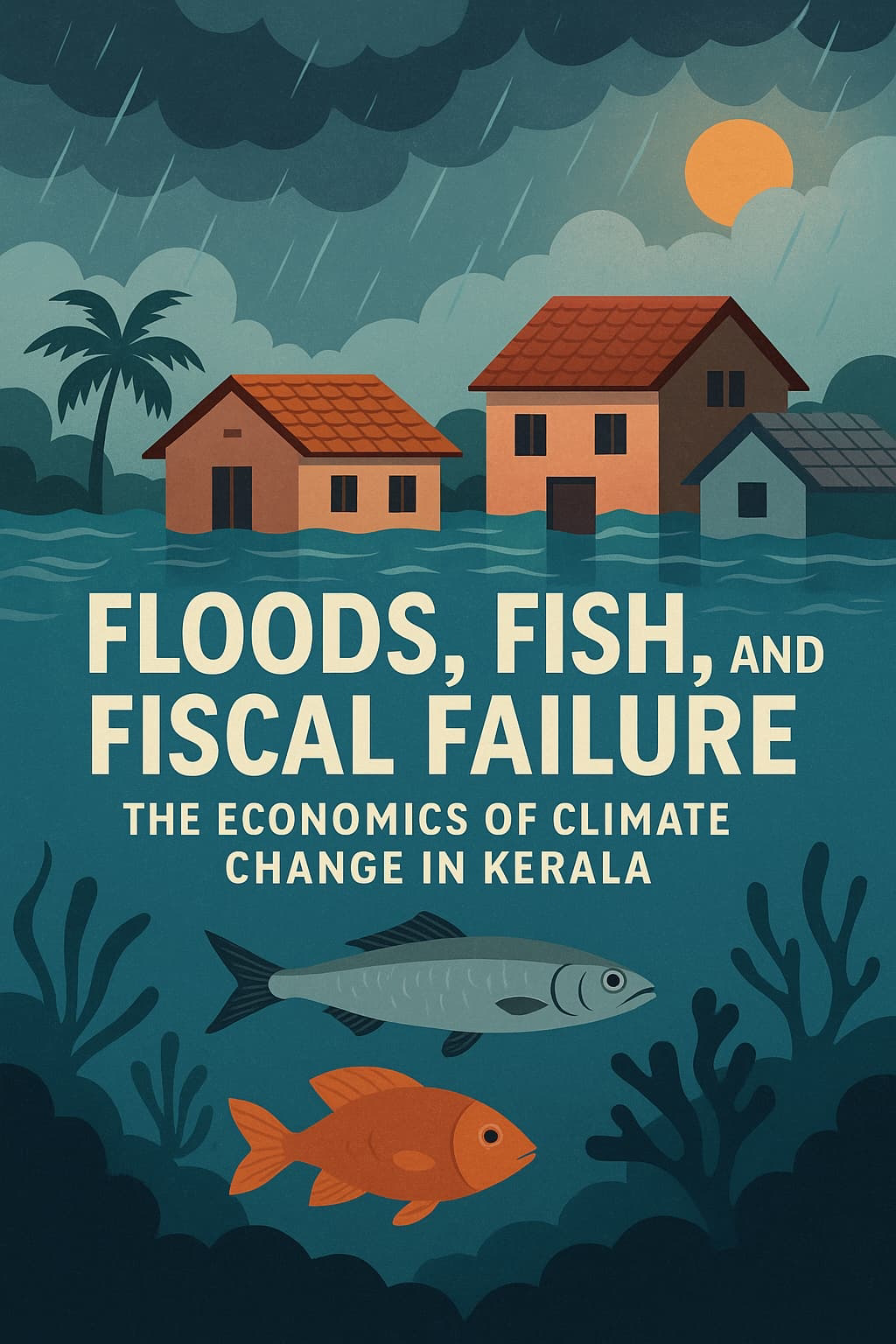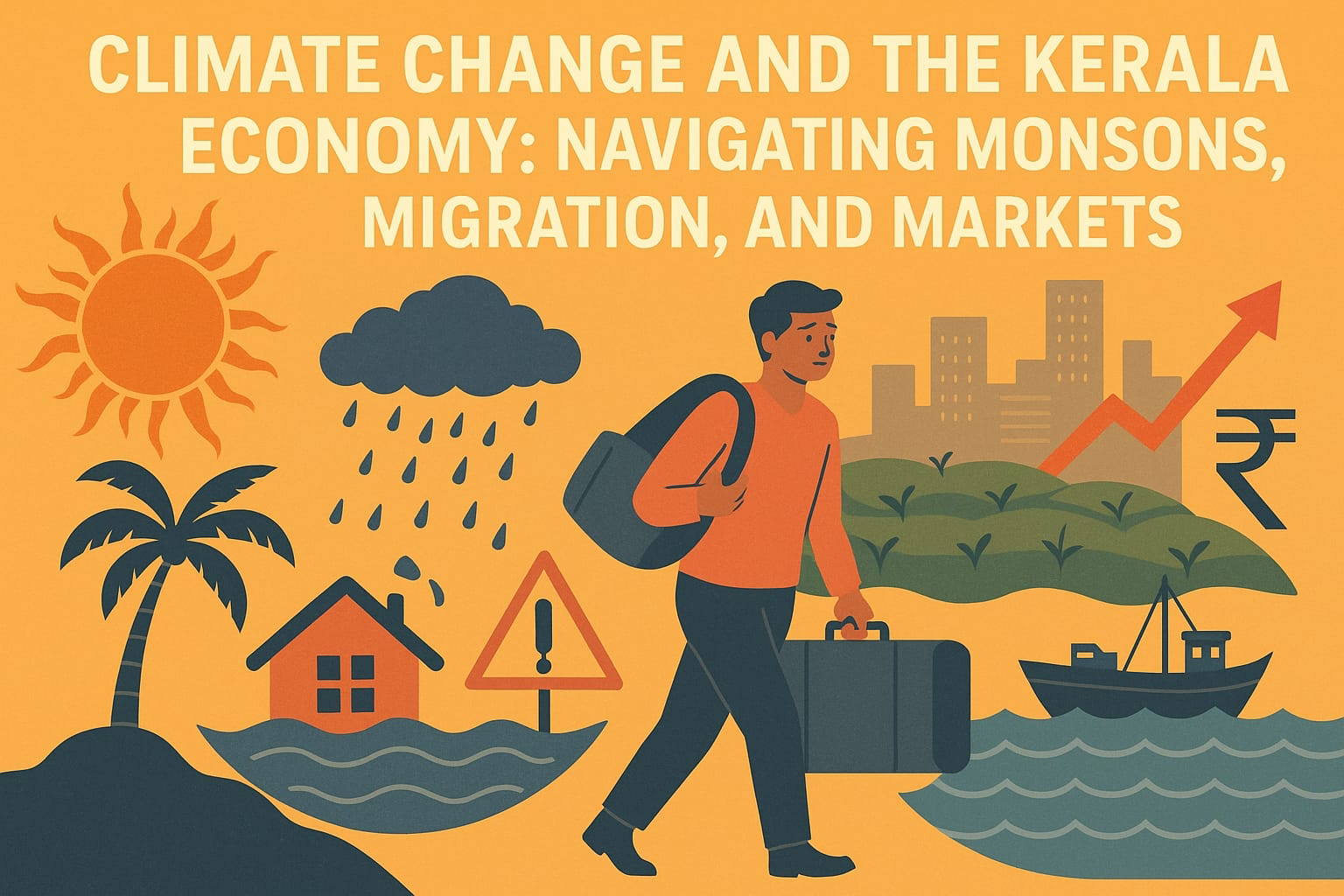Beyond Remittances: Redefining Kerala’s Gulf Dependency in a Shifting Global Economy

Beyond Remittances: Redefining Kerala’s Gulf Dependency in a Shifting Global Economy Since the oil boom of the 1970s, Kerala’s economic lifeline has been intricately tied to the Gulf Cooperation Council (GCC) countries. Migration offered a much-needed escape valve from domestic unemployment, and remittances transformed once-impoverished rural economies into pockets of prosperity. Over the decades, the Gulf dream became not just an economic strategy but a social aspiration embedded deep in the Malayali psyche. However, as of 2025, the landscape is shifting. Technological changes, aggressive labour nationalization policies in the Gulf, and global economic uncertainties are shaking the foundations of Kerala’s Gulf-dependent economic model. This article explores how deeply this dependence is entrenched, the emerging challenges, and the pressing need to pivot towards a more resilient and diversified future. The migration wave from Kerala to the Gulf began during the 1970s oil boom, when cou...







